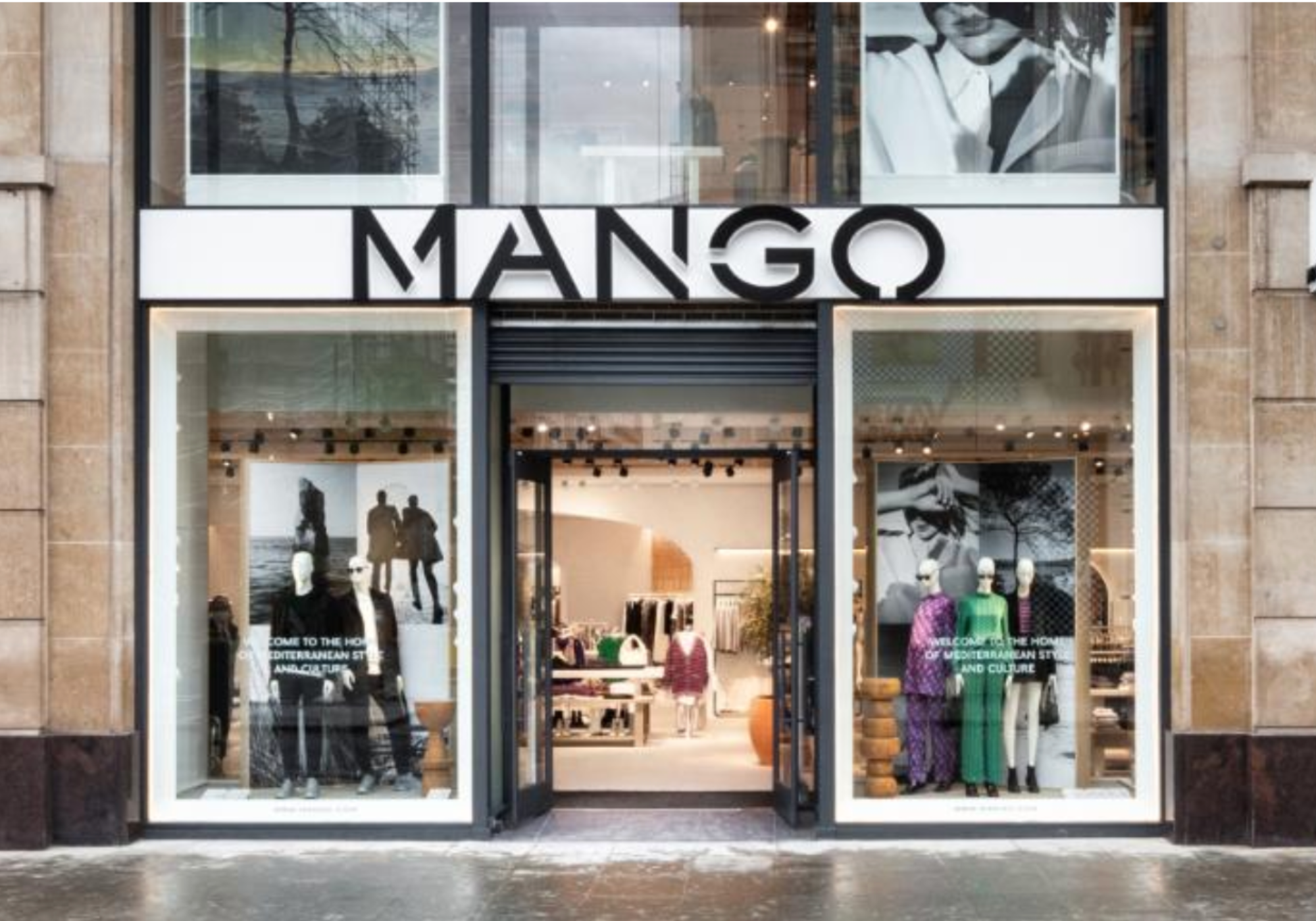At a time when brands are matching each other on areas such as price, delivery, service, and even perceived quality of product, the customer experience remains the one differentiator brands can use to set themselves apart from their competitors. Mike Harris, VP EMEA, Monetate, explains
It’s now easier than ever for consumers to browse, click and buy at the touch of a button. Whether it is on a desktop, tablet or smartphone, this huge rise in consumer confidence and activity has led to a severe change in the business/consumer landscape.
According to Gartner, 89 per cent of businesses now expect to compete mostly on the basis of customer experience, versus just 36 per cent four years ago. Brands that can elevate their customer experience in this very crowded market will quickly see the benefits both internally (eg through reduced call centre interactions), as well as through improved customer conversion and retention metrics.
Today, marketers need to be able to know every customer as an individual, helping the drive towards delivering 1-to-1 experiences that feel like a bespoke one-of-a-kind offering, tailored to that particular customer’s likes, dislikes and context. However, although knowing customers is a great start, it is simply that – the start. The real aim is to not only know, but also understand, the intention behind every single interaction.
Each time a customer engages with a brand they have a specific intention. Whether buying or browsing, considering the reason behind an action will not only help create a better overview of the individual, it enables brands to better serve the needs of the customer, resulting in a more profitable customer journey for both parties.
Understanding individual interactions, no matter how big or small and adjusting the experience to suit can mean the difference between a customer returning, determining the future of the brands success.
Recently, Monetate found that returning shoppers spent very nearly double online (66 per cent) than new visitors (34 per cent) following the close of the 2015 peak trading period, giving brands a clear wake-up call to the importance of retaining customers.
It’s at this point that frequently brands think they don’t have the right data or resources to create an experience that is different from their competitors, but that’s where they are wrong. Pretty much every business has data that can be used by platforms like Monetate. And only limited human resources are required to get started – the rest will come in time.
Customer experience should encompass all consumer touchpoints from the store, to delivery and most importantly the digital touchpoints including the brand’s website. Brands should begin with what they already have – taking consumer data from the website to explore the way customers interact online. Whether it’s the type of device being used, the time of location or how they reach the site (e.g. through Google, an email campaign, social media or through a promotional offer), this can be used to personalise the customer journey.
Be clear on what a stand-out customer experience is, and what it isn’t. Just because someone is greeted with ‘Hi Sarah’ at the beginning of an email, doesn’t make them want to shop with that specific brand any more than they would if no name was included. However, send the consumer an offer on a preferred brand or timely reminder to remember to buy an item apparently forgotten in her basket and they are likely to reward you increased conversion and brand loyalty.
Instil a customer-centric business approach early and quickly reap the rewards. Establish some meaningful benchmarks – what does success look like? What is an improved customer experience, in terms of measurable metrics? It could be lower bounce rates, higher customer conversion levels, greater customer retention or increased average order .value. Once these goals are decided on, focus on tracking progress over time, creating benchmarks and revisiting them on a regular basis reduces the likelihood of going off-track.
Experience has quickly become a proof-point for businesses to differentiate themselves. Don’t move towards a personalised, customer experience and sooner or later your brand may face losing out to a competitor offering the same items, at the same price, just because they invested more time and effort in customer experience.






